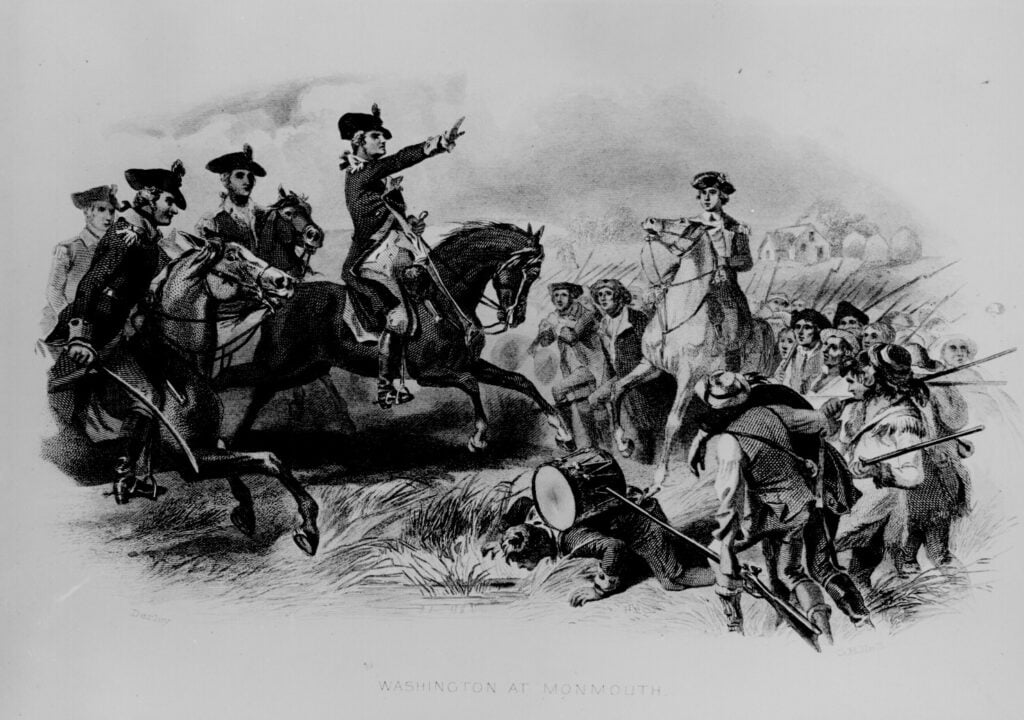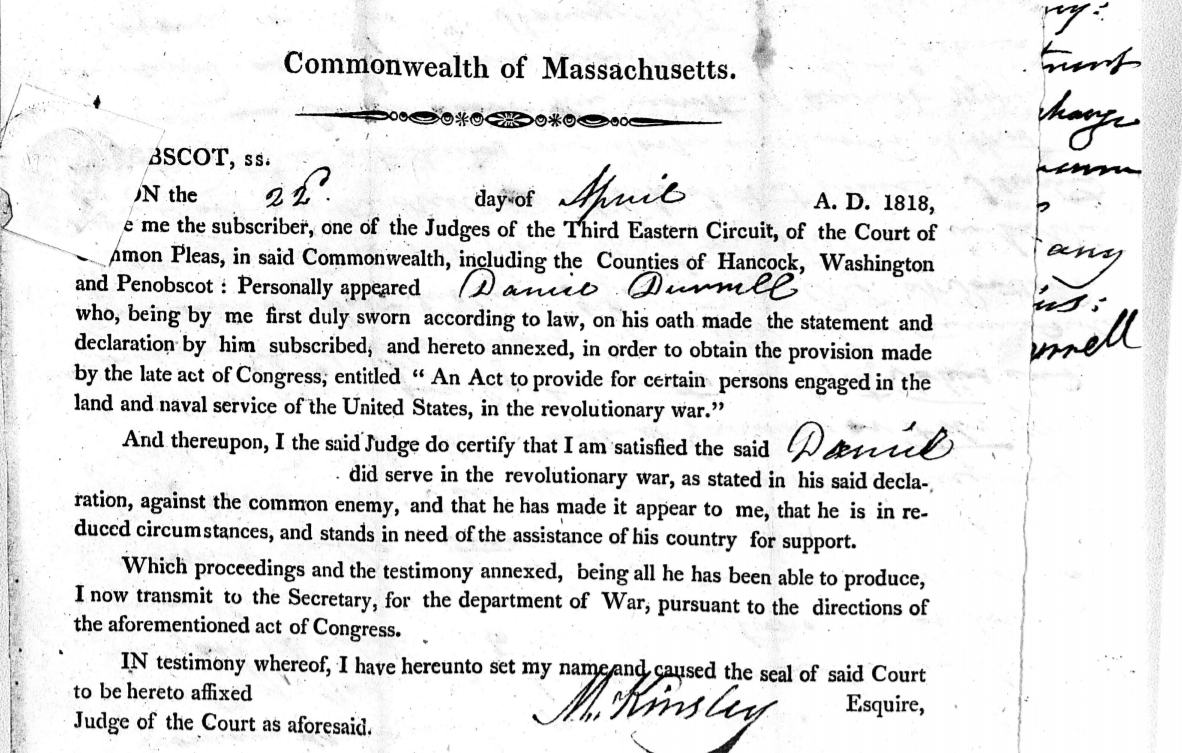Do you have ancestors that served during the American Revolutionary War? A surprising number of records exist from this period and there are now numerous free collections online that will allow you to uncover records about these ancestors and their families.
From Pensions Applications and Bounty Land Warrants, to the fascinating collections of the Daughters of the American Revolution – we have gathered together some of the best free Revolutionary War collections online and linked to them below for easy searching.
Search for Your Ancestors in These Free Revolutionary War Collections
United States Revolutionary War Compiled Service Records, 1775-1783 on FamilySearch – Service record cards of approximately 80,000 individual soldiers who served in the Revolutionary War. This collection is freely searchable on FamilySearch. Each entry links to the actual scanned image on Fold3 where you can view them for free.
Patriot and Grave Index from the National Society of the Sons of the American Revolution – The Revolutionary War Graves Registry and Patriot Index from the National Society of the Sons of the American Revolution offers an easy to search database of those who fought and those who died during the US Revolutionary War. Find names, birth and death dates, service information, cemetery location and more.
Daughters of the American Revolutions Ancestors and Descendants Databases – DAR offers a wealth of information about those who served in the Revolutionary War, including a simple way to search for your ancestors. They also offer a database of more than 7 million descendants of these service members. You can read about what they have to offer and find links to these collections here.
Records from the Virginia Memory Project:
Revolutionary War Bounty Warrants – Index to the documents used to verify dates and length of service of officers, soldiers, and sailors in a Virginia or Continental unit during the Revolutionary War.
Revolutionary War Virginia State Pensions – Index to and scanned images of the surviving records that veterans and their widows presented to the county courts to certify their eligibility for pension.
Revolutionary War Rejected Claims – Index and images of the documents of applicants who had military service of insufficient length to qualify for the bounty land requested.
Robert E. Lee Camp Confederate Soldiers’ Home Applications for Admission – Index to the Robert E. Lee Camp Confederate Soldiers’ Home applications for admission, 1884-1941.
Because Virginia has so many online records we decided to call some of these resources out individually, but many other states also offer free Revolutionary War records online – such as this collection of War Warrants from Kentucky. To find online collections for the state you are researching visit our article Absolutely Free Genealogy Research Sites for Every Single U.S. State – in this article we have listed two online sites for each state where you can find free genealogy records. Take a look at these sites to determine if state specific Revolutionary War records are available.
Revolutionary Soldiers in Alabama from Ancestry – This collection of information about soldiers from Alabama who served in the War is available free from Ancestry – you will need a free account to access the documents. Read more about using Ancestry’s free collections here.
Revolutionary War Records from the Digital Public Library of America – DPLA allows easy access to a variety of records from this period, including many Pension Applications held in state genealogy archives and viewable online. You can read more about how to use the DPLA for genealogy in our how-to on the subject.
Happy researching!
By Melanie Mayo, Family History Daily Editor
Image: George Washington at Monmouth, June 28,1778. Engraving by G.R. Hall, 1858. 148-GW-95. National Archives


Thank you!
Here’s an incredible resource, a 1771 detailed inventory of 38,000 property owners in what was then the Province of Massachusetts Bay, which includes present-day Massachusetts and Maine. Present-day Maine at that time was the District of Maine within the Province of Massachusetts Bay.
http://sites.fas.harvard.edu/~hsb41/masstax/masstax.cgi
I guess most property owners then were farmers. I got details on six ancestors, all farmers. The information included how many buildings were on their property, how many acres of various types were on their property, amounts of food products grown and produced (such as cider), and exact numbers of different farm animals they owned.
Search by last name only, to avoid your person not showing up because a first name was misspelled. There weren’t too many high school or college graduates writing the assessments. If you don’t find your ancestor who you think should have been listed, try a spelling variation of the last name. That helped me find two or three of the six ancestors I found.